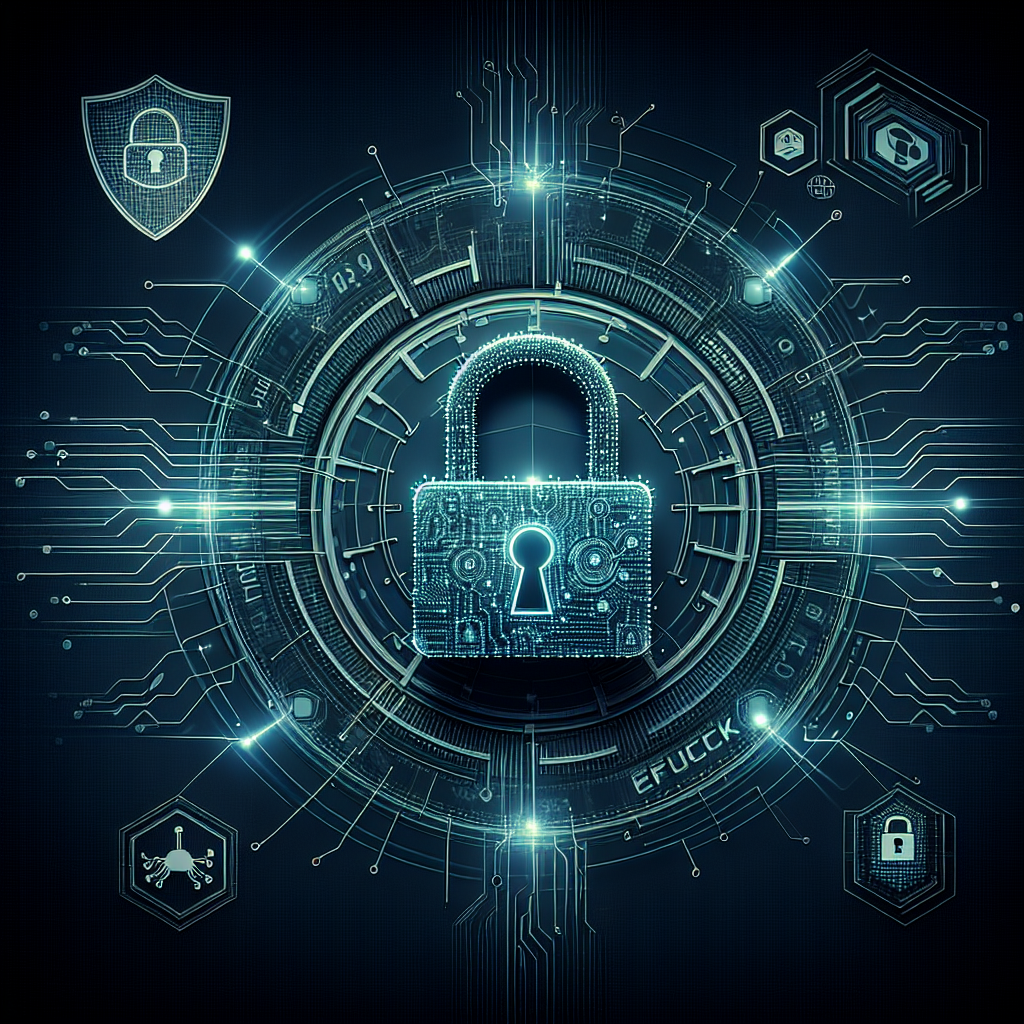In today’s digital age, cybersecurity has become more important than ever. With the increasing frequency and sophistication of cyber attacks, organizations must constantly evolve their cybersecurity programs and policies to stay ahead of potential threats. This has led to the emergence of what experts are calling Cybersecurity 3.0 – the latest approaches to developing robust cybersecurity programs and policies.
One of the key features of Cybersecurity 3.0 is a shift towards a more proactive and holistic approach to cybersecurity. In the past, many organizations focused on reacting to security breaches after they occurred. However, Cybersecurity 3.0 emphasizes the importance of implementing preventive measures to stop attacks before they happen. This includes implementing advanced threat detection technologies, such as artificial intelligence and machine learning, to identify and mitigate potential threats in real-time.
Another aspect of Cybersecurity 3.0 is the emphasis on collaboration and information sharing. Cyber attacks are not limited to individual organizations – they can have far-reaching consequences that affect entire industries or even the global economy. As a result, organizations are increasingly recognizing the importance of sharing threat intelligence and best practices with each other to collectively strengthen their cybersecurity defenses. This collaborative approach can help organizations stay one step ahead of cyber criminals and better protect themselves against potential threats.
Furthermore, Cybersecurity 3.0 also places a greater emphasis on compliance and regulatory requirements. With the implementation of data protection laws such as the General Data Protection Regulation (GDPR) and the California Consumer Privacy Act (CCPA), organizations are now required to take a more proactive approach to protecting sensitive data and ensuring the privacy of their customers. This has led to the development of more stringent cybersecurity policies and procedures that are designed to help organizations comply with these regulations and avoid costly fines and penalties.
Overall, Cybersecurity 3.0 represents a new era of cybersecurity that is characterized by a proactive, collaborative, and compliance-focused approach to developing programs and policies. By embracing the latest technologies, sharing information with other organizations, and staying on top of regulatory requirements, organizations can enhance their cybersecurity defenses and better protect themselves against the ever-evolving threat landscape. As cyber attacks continue to increase in frequency and complexity, it is more important than ever for organizations to adopt the latest approaches to cybersecurity in order to safeguard their sensitive data and maintain the trust of their customers.


Leave a Reply